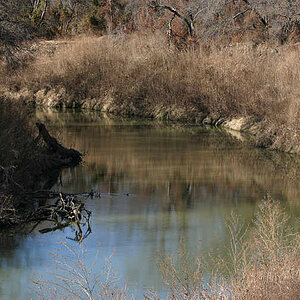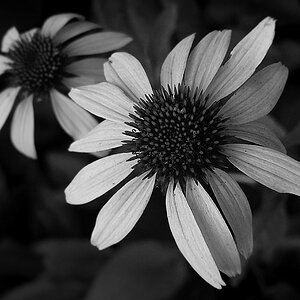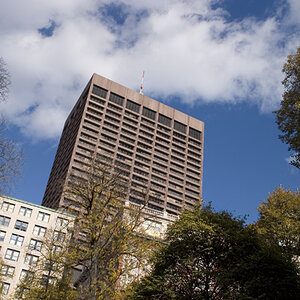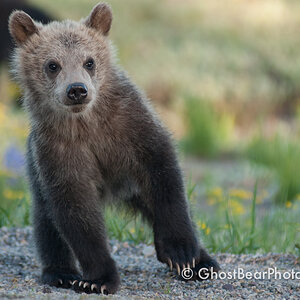solrac8126
TPF Noob!
- Joined
- Oct 8, 2007
- Messages
- 120
- Reaction score
- 0
- Location
- Panama
- Can others edit my Photos
- Photos OK to edit
I don't know if this is something that everyone has preferences of their own.
But i'll like to know your opinions on WHEN or WHY shoot RAW or JPG
I know if i want to print BIG i need more MP but let's say i only shoot and never print or never print a banner, i guess the bigger i'll print will be like a 8.5*11 page.
But i'll like to know your opinions on WHEN or WHY shoot RAW or JPG
I know if i want to print BIG i need more MP but let's say i only shoot and never print or never print a banner, i guess the bigger i'll print will be like a 8.5*11 page.


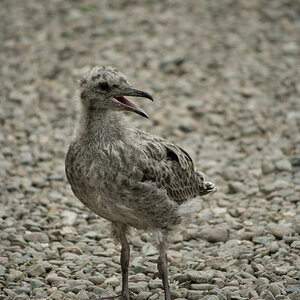
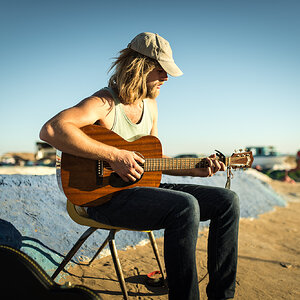
![[No title]](/data/xfmg/thumbnail/35/35212-039632ef3763350189fc49390cb7eadf.jpg?1619736950)

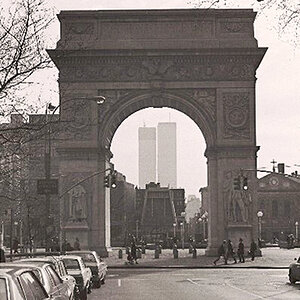
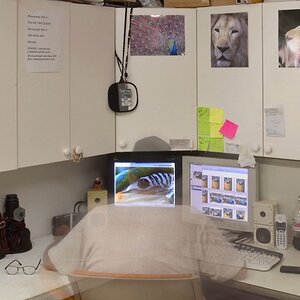
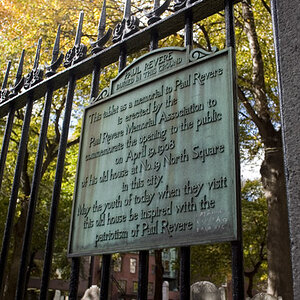
![[No title]](/data/xfmg/thumbnail/39/39460-55f4d48e22a9710f377f2a3dee45992e.jpg?1619739039)
